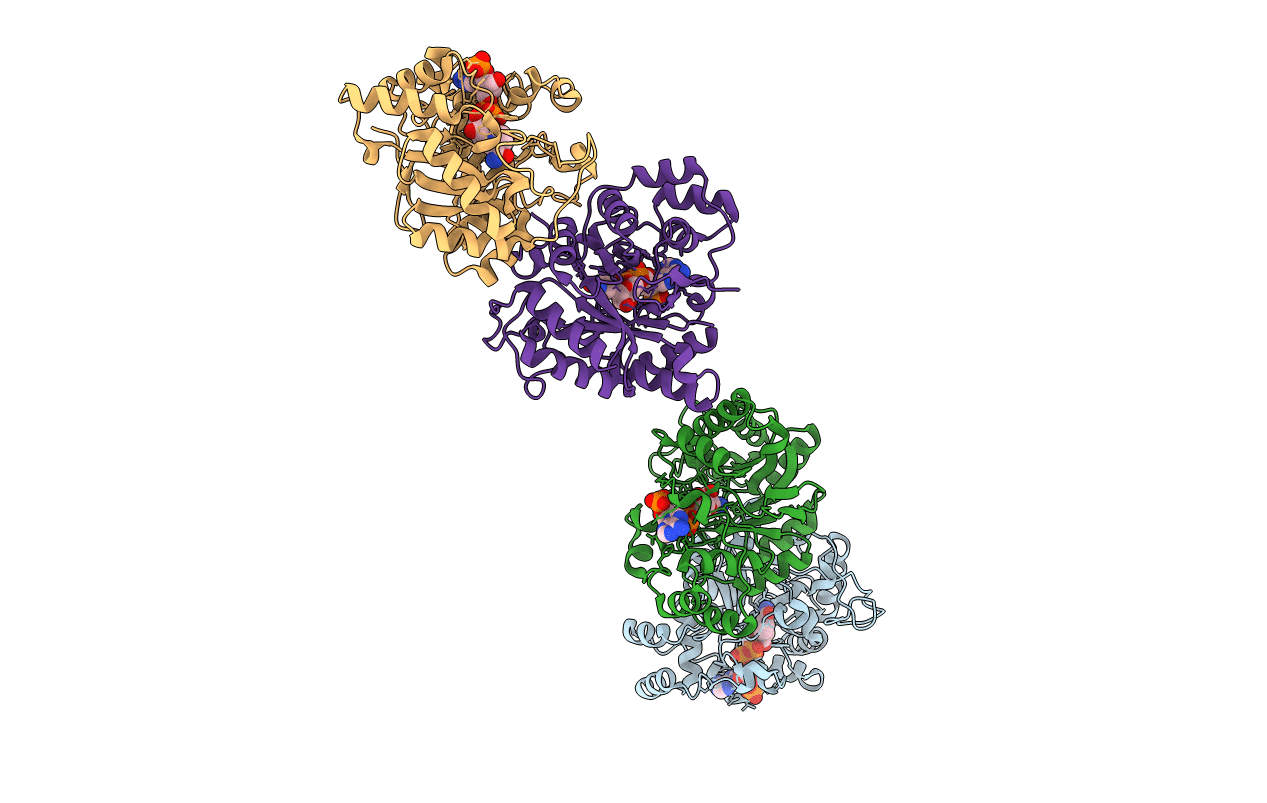
Deposition Date
2003-09-30
Release Date
2004-10-12
Last Version Date
2023-08-23
Entry Detail
PDB ID:
1R38
Keywords:
Title:
Crystal structure of H114A mutant of Candida tenuis xylose reductase
Biological Source:
Source Organism:
Candida tenuis (Taxon ID: 45596)
Host Organism:
Method Details:
Experimental Method:
Resolution:
2.20 Å
R-Value Free:
0.22
R-Value Work:
0.18
R-Value Observed:
0.18
Space Group:
C 1 2 1


